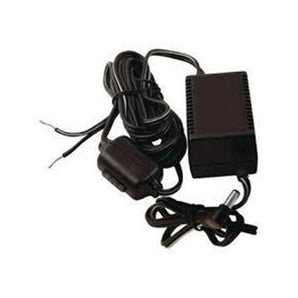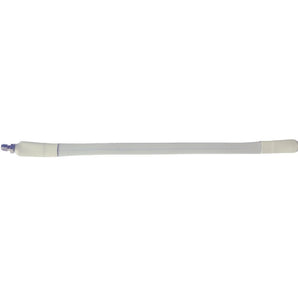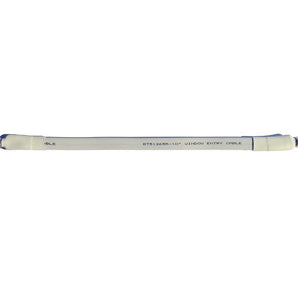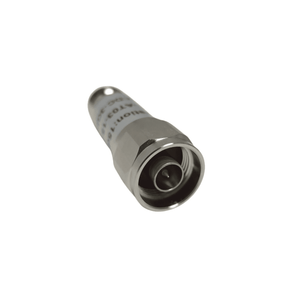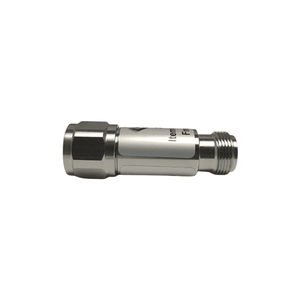Understanding Spectrum Availability, Ownership, and Auctions in South Africa
In South Africa, recent strides in spectrum availability and ownership are closely linked to our ongoing digital migration and recent spectrum auctions. This digital migration aims to shift broadcasting from analogue to digital platforms, a process mandated by the International Telecommunications Union (ITU). The goal? To free up valuable spectrum for new telecommunications services. While we initially aimed to complete this transition by 2015, various delays and legal challenges—most notably from e.tv, which called for a more gradual change to safeguard free-to-air viewers—have pushed things back.
In 2023 Communications Minister Mondli Gungubele announced that 31 December 2024 will be the final date for switching off analogue broadcasts. We've already seen analogue switch-offs in five provinces, but this hard deadline is set to speed up the transition across the country. As we wrap up digital migration, more spectrum, especially in the essential sub-1GHz bands for mobile broadband, will be made available, paving the way for exciting developments in 5G services.
South Africa’s Spectrum Landscape: What’s Happening?
The telecommunications scene in South Africa is buzzing with activity thanks to recent spectrum allocations for 4G and 5G, dynamic spectrum sharing, and collaborative infrastructure efforts. Our regulator, ICASA, is working hard to improve connectivity and drive growth by releasing new frequencies and promoting infrastructure sharing among operators.
1. Spectrum Auction and Financial Commitments
Highlights from the Spectrum Auctions
The International Mobile Telecommunications (IMT) spectrum auction held by ICASA from 8 to 17 March 2022 raised a whopping R14.48 billion. Here’s a snapshot of the bidders and what they acquired across various frequency bands:
| Bidder | 700 MHz | 800 MHz | 2600 MHz | 3500 MHz | Total (ZAR) |
|---|---|---|---|---|---|
| Telkom | – | 20 | – | 22 | R2,113,615,407.10 |
| Liquid Telecom | – | – | – | 4 | R111,000,000.00 |
| Cell C | – | – | – | 10 | R288,200,000.00 |
| Rain | 20 | – | 20 | – | R1,431,374,105.50 |
| MTN | – | 20 | 40 | 40 | R5,152,100,000.00 |
| Vodacom | 20 | – | 80 | 10 | R5,381,600,000.00 |
| Unsold | – | 20 | – | – | – |
| Total Revenue | R14,477,889,512.60 |
The auction featured bidders like Vodacom, MTN, Telkom, Rain, Cell C, and Liquid Telecom across multiple frequency bands: 700 MHz, 800 MHz, 2.6 GHz, and 3.5 GHz.
Bidder Breakdown:
- Vodacom: Snagged 20 MHz in 700 MHz, 80 MHz in 2.6 GHz, and 10 MHz in 3.5 GHz, with a total investment of R5.38 billion.
- MTN: Secured 20 MHz in 800 MHz, and 40 MHz in both 2.6 GHz and 3.5 GHz, investing R5.15 billion.
- Telkom: Focused on the 800 MHz (20 MHz) and 3.5 GHz (22 MHz) bands, committing R2.1 billion.
- Rain: Acquired 20 MHz each in the 700 MHz and 2.6 GHz bands for R1.43 billion.
- Cell C: Secured 10 MHz in the 3.5 GHz band for R288.2 million, although there were payment issues. They are in discussions with ICASA to sort this out.
- Liquid Telecom: Bought 4 MHz in the 3.5 GHz band for R111 million.
- Unsold Spectrum: 20 MHz in the 800 MHz band remains available for bidding.
2. Dynamic Spectrum Access (DSA) and Future Sharing Initiatives
Expanding Capacity
Low-frequency spectrum is vital for improving rural coverage, while high-frequency bands are crucial for ramping up urban 5G deployment. Infrastructure sharing enables operators to better serve both rural and urban areas, meeting the growing demand for digital services in our country.
In 2024, ICASA kicked off plans to implement Dynamic Spectrum Access (DSA) in the 3,800–4,200 MHz and 5,925–6,425 MHz bands, allowing operators to share spectrum more efficiently. DSA makes it possible to use idle frequencies temporarily, an important move in South Africa where spectrum congestion is a real barrier to connectivity.
3. Spectrum Ownership and Infrastructure Sharing
Infrastructure Sharing
Operators are increasingly joining forces to share both passive (like cell towers) and active (network components) infrastructure to cut costs. Passive sharing involves sharing physical sites, while active sharing includes roaming agreements—like those between Cell C and Vodacom/MTN—to improve coverage and extend network reach.
Key Players:
- Vodacom and MTN: Have secured large portions in both low- and mid-frequency bands, focusing on expanding 4G LTE and paving the way for 5G in densely populated areas.
- Telkom: Concentrated on mid-band spectrum to enhance urban and rural coverage, supported by roaming agreements with Vodacom and MTN where infrastructure is sparse.
The Road Ahead for South Africa’s Spectrum Landscape
As South Africa continues its digital transformation, the developments in spectrum availability, ownership, and infrastructure sharing hold great promise for the nation’s connectivity goals. The completion of digital migration and the allocation of new spectrum bands will unlock opportunities for improved broadband access, especially in underserved rural areas. Meanwhile, the growth of 5G services will empower urban centers with faster, more reliable connectivity to drive innovation and economic growth.
With ICASA's proactive measures and the increasing collaboration among operators, South Africa is making steady progress toward bridging the digital divide. However, challenges remain—such as fully implementing dynamic spectrum sharing and resolving issues like unsold spectrum. These hurdles must be addressed to ensure the benefits of these advancements reach all South Africans, fostering a more connected and inclusive future.
By embracing these opportunities and overcoming obstacles, South Africa’s telecommunications sector can lead the charge in shaping a digitally advanced and equitable society.


